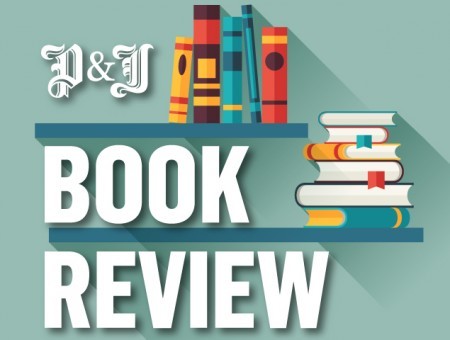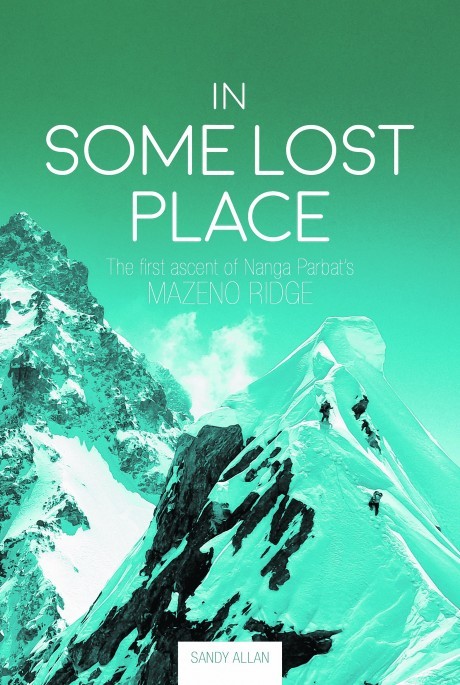Hardback by Vertebrate Publishing, £24
Nanga Parbat is the world’s ninth highest peak, first scaled in 1953 by Hermann Buhl. In 1995, Highlander Sandy Allan hit upon the idea of tackling one of the great unresolved challenges for the world’s high-altitude climbers: reaching the summit via the mountain’s Mazeno Ridge, which itself comprises eight separate summits, each over 7,000 metres high.
This route had already thwarted 10 expeditions, all either forced to turn back on the 9km-long “ridge walk” or being exhausted and out of supplies by the time they reached the Mazeno Gap, just below the summit pyramid.
Allan took along with him his faithful climbing buddy Rick Allencorrect, and the two Scots, both in their late 50s, were joined on their expedition in 2012 – subject of this book – by four other team members.
The book also serves as a memoir by the author, their ordeal triggering memories of his formative years as a distiller’s son from Dalwhinnie, where outdoor boyhood prepared him well for later exploits.
His Free Presbyterian upbringing also equipped him with Christian faith, which he draws on in both adversity and triumph, and a spiritual side to his appreciation of this hostile high-altitude world.
“I felt as though death was following in our steps, lurking just out of sight,” he writes, as he and Rick, days without food and liquids and inside the “death zone” where the oxygen-depleted body begins consuming itself, descend from “one of the most hostile places on Earth”.
This is a worthy addition to the canoncorrect of great British mountaineering literature, and also boasts beautiful colour photos and diagrams that dovetail perfectly with the narrative.

